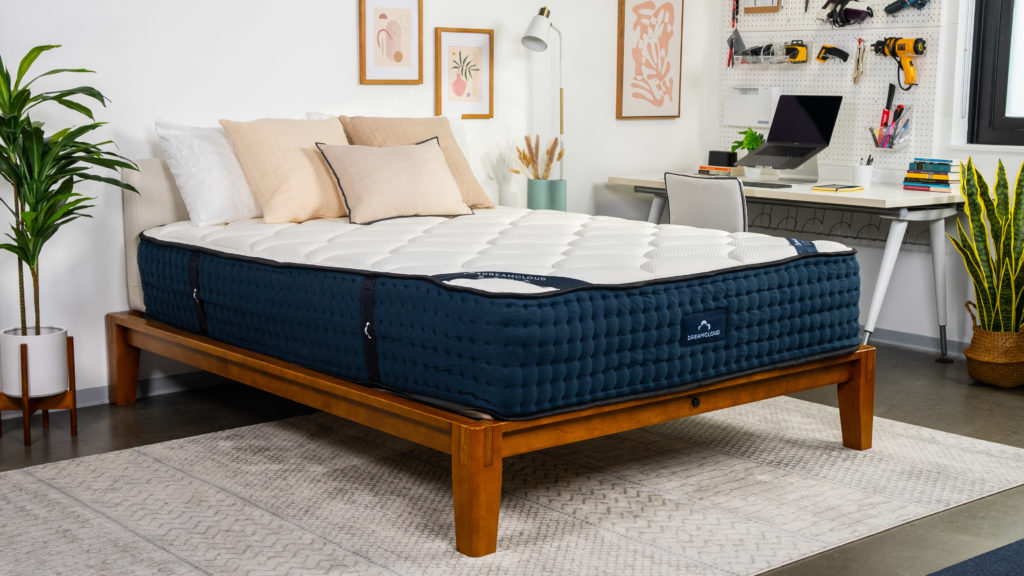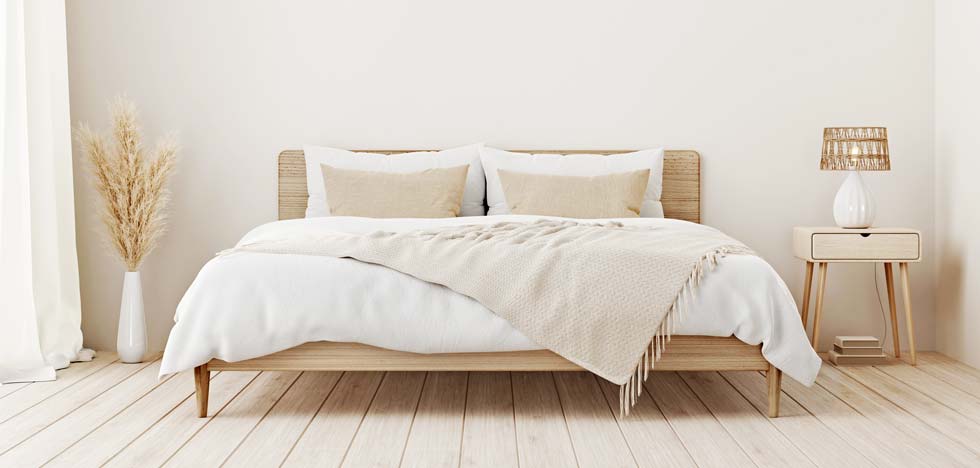Furniture isn’t simply an assortment of furniture pieces that we can rest, sit or work in; it’s a reflection on our preferences, habits as well as the ways we live in our space. The combination of function and art has been a aspect of the human race throughout the ages. In this post we explore the realm of furniture by looking at its long past, changing design ideas and the profound effect it has in our everyday life.
The story of furniture’s evolution is an intriguing journey through time that reflects the technological, social, and technological advances of every time. From the elaborate furnishings that were found in ancient Egypt and the modern minimalist styles from the late 20th century furniture has always served as an opportunity for artists to express themselves. Recently, we’ve witnessed a renewed the fascination with vintage and retro furniture designs that showcase the timeless appeal of classic style.
The design and the function are twin elements that make up contemporary furniture. While aesthetics are a major part, the primary function of furniture is to meet our everyday demands. The ergonomics of space, the optimization of space and flexibility are crucial aspects of contemporary furniture design. While our homes continue to grow, and we have large, open-plan living spaces and multi-purpose rooms, furniture designers have to design furniture pieces that blend seamlessly into the changing environments.

The selection of the materials used for leather sofa is a crucial element. The traditional options of leather, wood, as well as metal are well-known due to their strength and flexibility. Yet, environmentally-friendly and sustainable material have been gaining popularity due to environmental worries. Reclaimed wood, bamboo and recycled plastics are used in the creation of innovative sustainable furniture that is in accordance with the ideals of sustainable consumption.
Design trends for furniture are constantly changing and are influenced by the changing trends in lifestyles as well as design philosophy. In particular, the popularity of remote working has created a need for well-designed and comfortable office furniture. Modern minimalism is still the prominent trend that emphasizes simple lines, neutral palettes as well as uncluttered rooms. Additionally, the vintage and edgy designs are making an appearance with a nostalgic nostalgia for the old fashioned style.
The furniture we have is not just a requirement, but is an essential part of the daily life. Its past, the design and history as well as the choices of materials and the ever-changing fashions each contribute to the significance of furniture to our daily lives. If it’s a timeless furniture piece that has stood in the face of time, or a modern piece which meets our contemporary requirements, furniture will continue to define our homes as well as our interactions with our surroundings. With the advancement of design and sustainable design become more important in the coming years, the future of furniture will be as fascinating like its long and storied history.


